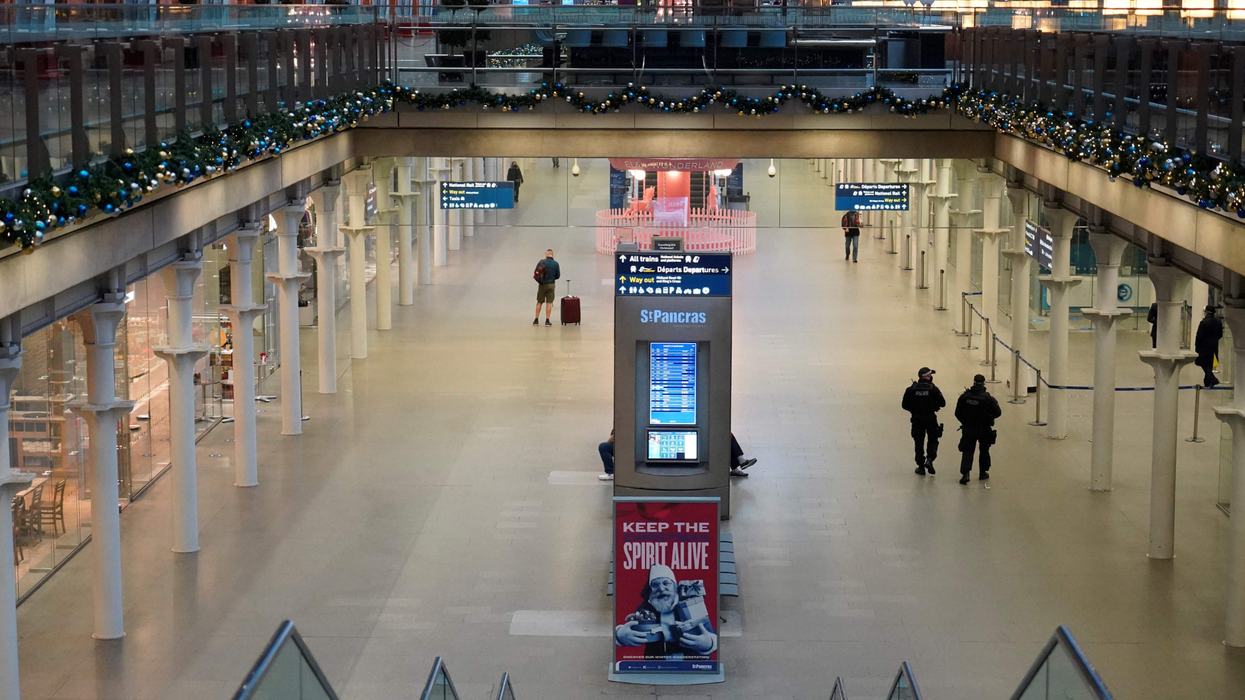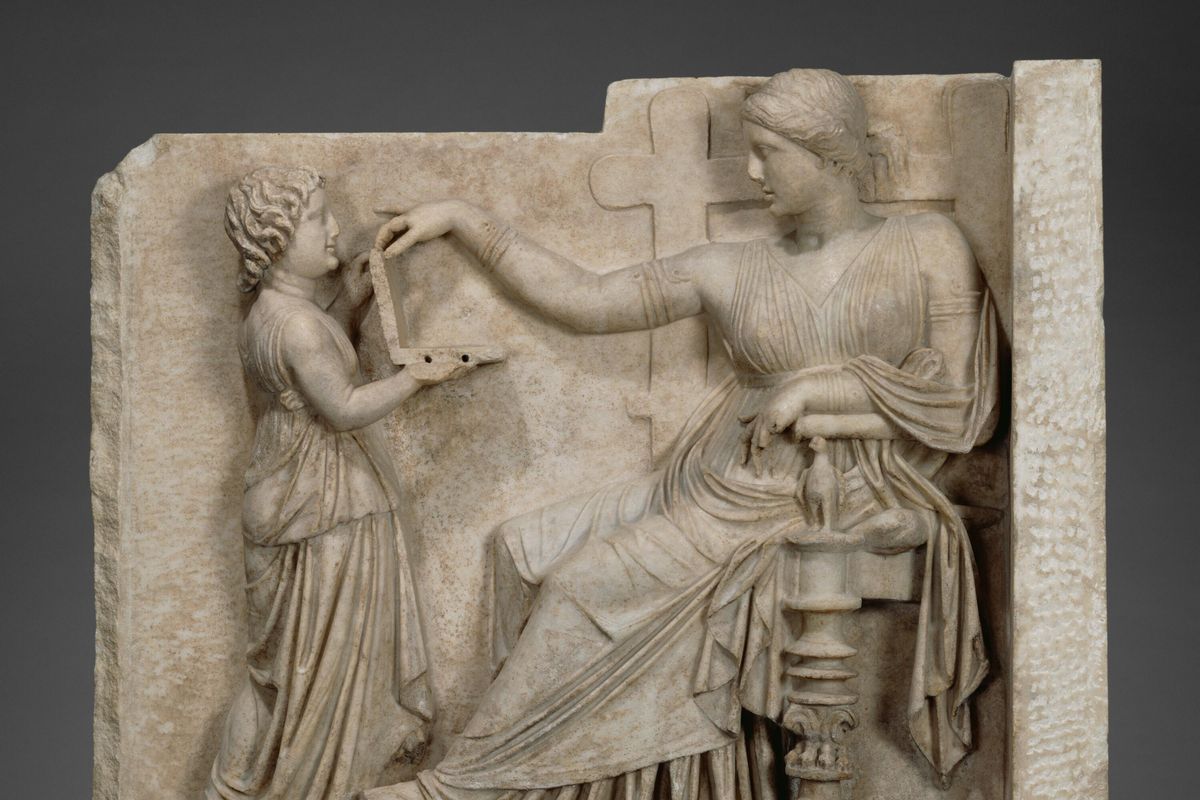You may have heard by now that London and parts of southeast England have been placed into tier 4 (which didn’t seem to exist until this week).
It’s effectively another lockdown, with travel in and out of London and other parts of tier 4 severely restricted.
While cases have continued to rise around the southeast of England despite lockdown measures being relaxed since the beginning of December, the government has faced increasing pressure to reign in the previously announced Christmas concessions – three households could gather over five days, from 23 to 28 December.
But the UK government has identified that many new cases were coming from a “mutant strain” of Covid-19 which was spreading rapidly in the southeast of England, and concluded that it would not be safe for people to travel in and out of this area.
In the space of several hours on Saturday, the UK government imposed a travel ban into and out of London and several parts of the south-east of England, including Essex, Kent and other counties, and moved other counties into tier 3. Some areas of the UK are still remaining in tier 1 and tier 2.
But as the news broke – first on social media and then through a press conference held by Boris Johnson – people started to wonder what they could do to have some semblance of a normal holiday, or if it was worth just packing it in altogether.
People headed straight to train stations to get trains out of London – some of whom were planning on doing it later in the week anyway – while others made difficult phone calls and cancelled their plans.
As chaos seemed to spread – in the southeast of England, at least, and increasingly, around Europe as many countries started to close their borders – people began to wonder what the right course of action actually was, and how. we should respond to those who made a different choice.
It all seemed to start with a video posted from Euston station of a packed concourse, with more people than could allow for social distancing trying to get trains to get out of London.
Lots of people were very angry that others had decided to leave that night.
The basic new rule was that from midnight on Saturday if you were in London or another area that would be put into tier 4, then you had to stay, even if you had planned to go somewhere else later in the week.
That meant no train travel or international travel unless it was absolutely essential – such as caring for a disabled or shielding person. But footage from various train stations showed that hordes of people had flocked to get out as soon as they heard the news.
One tweet in particular, by journalist Harriet Clugston, went immediately viral.
Last train out of Saigon. Queue at St Pancras as we wait to board the Leeds bound train. https://t.co/cFDBDNnYFC— Harriet Clugston (@Harriet Clugston) 1608407257
As many people pointed out, it was even more risky to try and travel on a day that had packed trains and potentially spread Covid-19 to another region that didn’t have this mutation spreading already.
@HarrietClugston To every passenger: •You live in region with highest rate of covid + new variant which is 70% more… https://t.co/VjffI0DW6N— Alistair Magowan (@Alistair Magowan) 1608413483
Others asked why people felt as though it was crucial for them to go when so many others had already cancelled or changed their Christmas plans to keep their families and their local communities safe.
@alistairmagowan @HarrietClugston Yep. And it will make everyone hate all of London and the SE, even those of us wh… https://t.co/MEOdJYRWpQ— Earlsfield Girl (@Earlsfield Girl) 1608417410
@HarrietClugston My mother lives alone as well having just lost her husband and sister two months ago. She will be… https://t.co/wk33mjHak6— Rebecca Byrne (@Rebecca Byrne) 1608410099
@HarrietClugston My father lives alone. I made the decision today to not spend Christmas with him as I'd planned, f… https://t.co/sVNNR66QOy— Joanne 🦖💉😷 (@Joanne 🦖💉😷) 1608411845
But as swift as the backlash against those choosing to travel began, others shared their view that it wasn’t anyone’s place to judge.
Many felt that anyone leveling blame and anger at individuals who were trying to make a decision for themselves – in the face of changing information that was never fully certain – was a mistake.
Some pointed out that people already had plans to travel on this day, citing the typical end of the working year as well as the fact that it was a weekend, however previous tier 3 guidelines also restricted non-essential travel up until the 23 December, so the whole thing is a little murky.
People pointed out that you can’ttell from a glance whether or not everyone’s trip was an essential travel situation – and it wasn’t fair to dismiss people as being selfish out of hand.
Others admitted that their decisions were irresponsible – or possibly illegal, keeping with new legislation – but that the year had thrown so many curveballs that people had the right to make decisions for themselves.
One of the key arguments people made in support of leaving tier 4 areas was that the blame should lie with the government, not with individuals.
Up until a few days ago, the UK government had been encouraging people to travel home, going so far as to create coaches that people could use to travel home if they couldn’t find a train booking.
That was only about a week ago – and so given how quickly the situation changed within government, is it fair to suggest that people should have known better?
@HarrietClugston The strategy of this Govt was always to make us blame each other. Truth is: it’s frankly amazing… https://t.co/UlmwygrpqK— Stephen Kinsella (@Stephen Kinsella) 1608413357
Even as this crisis will play out, some have pointed out that the UK government has catastrophically overplayed its hand, and arguably caused an even bigger crisis than was inevitable.
The judgment on here!! Boris and his merry band of bellends are RELYING on us focusing our attention on tearing eac… https://t.co/TUs57I5HiL— jack rem x (@jack rem x) 1608472213
the sheer absence of nuance on here lmao i’m a disabled person who’s been working a service job which necessitates… https://t.co/YlXgjLr273— sparkly rat (@sparkly rat) 1608492940
Christmas isn’t cancelled just because the virus has changed, but because of serious, serial government failures, m… https://t.co/LzHpsg5SvK— rachel shabi (@rachel shabi) 1608394752
Also, why were they not advising people to slow down from two+ weeks before? Isolate before the day. Public messagi… https://t.co/m7aGsGrvUL— Kemi Alemoru (@Kemi Alemoru) 1608403707
Others also pointed out that the government has been in similar situations several times over the past year – leaks of government information have led to people travelling in greater numbers, or even engaging in socialising behaviour which they wouldn’t have otherwise.
It has also emerged that experts were aware of the new strain in September, which didn’t bode well.
Conservative MPs pretty scathing about government’s last minute change of Christmas plans tonight. “They knew abou… https://t.co/E4RERNJHpj— Paul Brand (@Paul Brand) 1608400995
Others also pointed out that up until a week ago, government messaging was very different, with one minister threatening to sue councils which closed their schools early as cases started to rise within local boroughs.
The media should not be allowing ANYONE to forget that the same government that is panicking and forcing London and… https://t.co/QSf3AVjeRp— Natalie Washington (@Natalie Washington) 1608395989
The infighting and backlash has undoubtedly put additional strain on the public. It seems everyone has their own interpretation of what is right and fair, leading to concerning levels of discord among friends and family.
Something I think hasn't been spoken about enough is how allowing for personal interpretation of guidelines / advic… https://t.co/suA9b25Tpn— Harriet Marsden (@Harriet Marsden) 1608470981
This also had the unfortunate side effect of heightening the north-south divide which already exists in the UK.
Throughout lockdown, it became very evident that the north of England was treated very differently from the south of the country – even as lowering infection rates didn’t lead to a reduction in lockdown restrictions for several months.
Parts of Manchester and Liverpool were in close to lockdown restrictions over the summer, while other parts of the UK had yo-yo-ing restrictions which made it difficult for people to plan and for local businesses to estimate the cost of this year or make plans for the future.
These clips on social media as well as other reports of people fleeing London to get back home – or get out of the area – seemed to reassert that people in the south-east of England didn’t care about the well being of others further afield, and that they only wanted to get out for their own convenience.
@HarrietClugston I hope you, and the many others in this video clip, reflect on the impact of your decision over th… https://t.co/woM9I32RVK— Manchesterains (@Manchesterains) 1608415258
@HarrietClugston The utter self absorbed selfishness of every single person on that train seeding this to us in the… https://t.co/fNbubFFl1D— Steven (@Steven) 1608410492
@HarrietClugston I’m actually raging. Just how dare these people - the north has been ravaged for MONTHS. I’m a tea… https://t.co/JYOtMMRoOQ— Steven (@Steven) 1608410728
@HarrietClugston Thanks for bringing more contagion up north where we have been under strict restrictions since Aug… https://t.co/GHroRrfDxG— Phil Russell (@Phil Russell) 1608410655
@HarrietClugston No. It’s on you I’m afraid. The government is a shambles, but your decision to travel to Leeds, a… https://t.co/JrhSHdkhv9— Jim Moran (@Jim Moran) 1608410111
But is this really a fair way of looking at it? Many thought not.
Matt Hancock and cabinet ministers have warned that these new restrictions could remain in place for months, or at least until there is a widespread rollout of the vaccine, which could happen towards the middle of 2021.
All in all, it doesn’t seem like there’s a one size fits all approach to these new restrictions which will work perfectly for everyone – just as the first lockdown didn’t either.
However, what seems to emerge is that any government which yo-yos restrictions, or creates uncertainty to the point where people don’t trust the government’s advice, will end up with a chaotic, confusing and ultimately, counterproductive situation.













